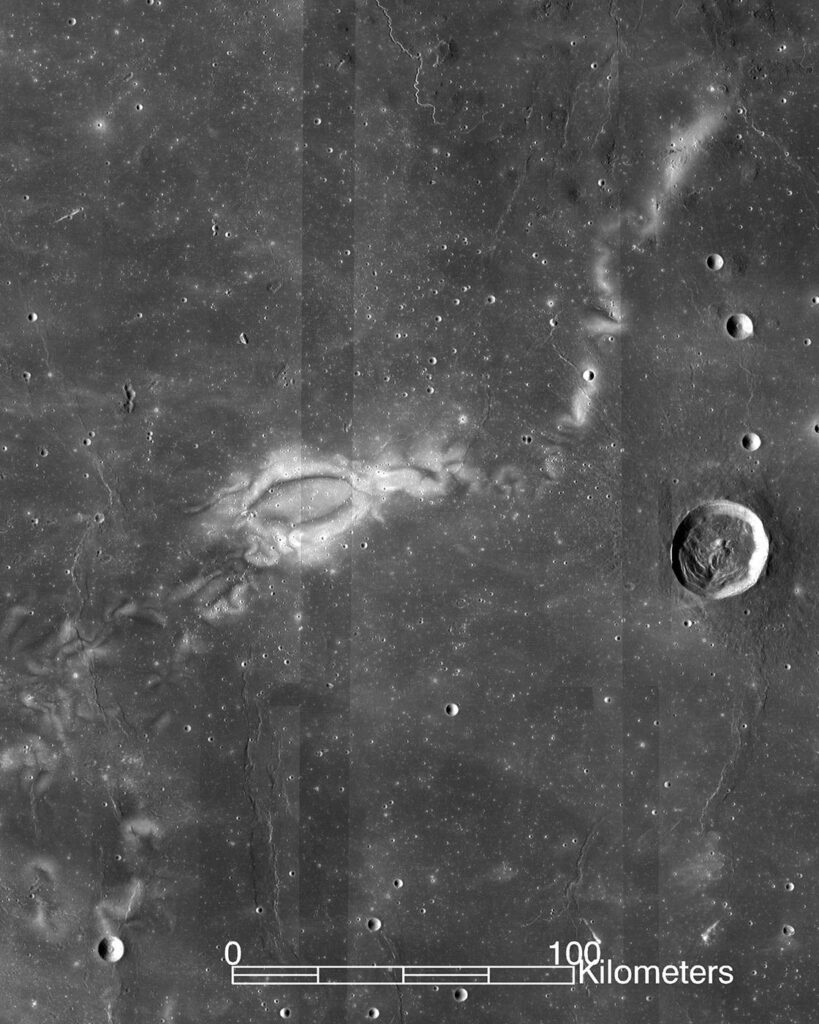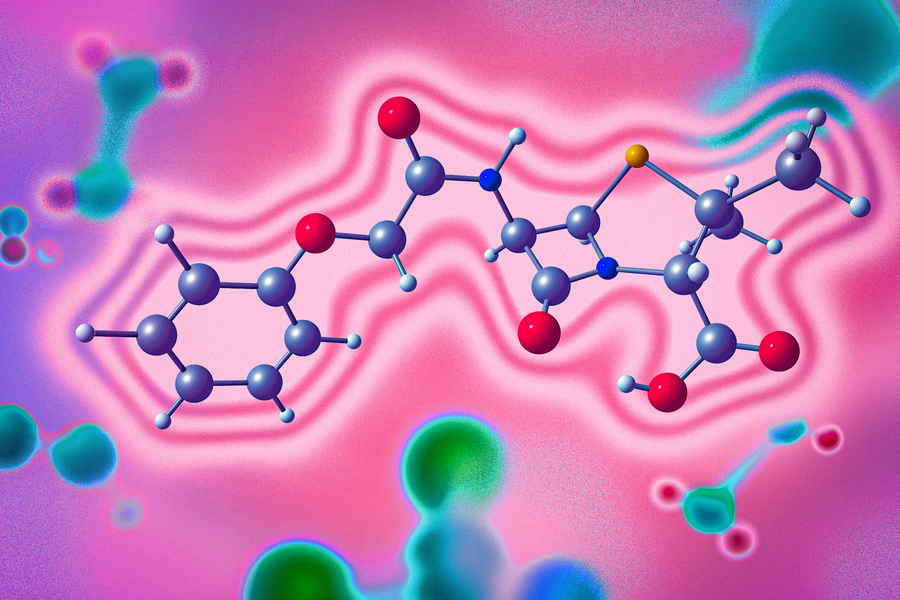2024-06-28 ワシントン大学セントルイス校

This image from NASA’s Lunar Reconnaissance Orbiter (LRO) depicts lunar swirl Reiner Gamma, a bright patch amid the otherwise dark Oceanus Procellarum mare. While visible from a backyard telescope, LRO’s view from orbit reveals tendrils that extend for several hundred kilometers. (Image: NASA/Goddard Space Flight Center/Arizona State University)
<関連情報>
- https://source.wustl.edu/2024/06/moon-swirls-could-be-magnetized-by-unseen-magmas/
- https://agupubs.onlinelibrary.wiley.com/doi/10.1029/2023JE008179
月の地殻マグマティズムが強い地殻磁気を生み出している可能性 Possibility of Lunar Crustal Magmatism Producing Strong Crustal Magnetism
Y. Liang, S. M. Tikoo, M. J. Krawczynski
Journal of Geophysical Research: Planets Published: 20 May 2024
DOI:https://doi.org/10.1029/2023JE008179
Abstract
The Moon generated a long-lived core dynamo magnetic field, with intensities at least episodically reaching ∼10–100 μT during the period prior to ∼3.56 Ga. While magnetic anomalies observed within impact basins are likely attributable to the presence of impactor-added metal, other anomalies such as those associated with lunar swirls are not as conclusively linked to exogenic materials. This has led to the hypothesis that some anomalies may be related to magmatic features such as dikes, sills, and laccoliths. However, basalts returned from the Apollo missions are magnetized too weakly to produce the required magnetization intensities (>0.5 A/m). Here, we test the hypothesis that subsolidus reduction of ilmenite within or adjacent to slowly cooled mafic intrusive bodies could locally enhance metallic FeNi contents within the lunar crust. We find that reduction within hypabyssal dikes with high-Ti or low-Ti mare basalt compositions can produce sufficient FeNi grains to carry the minimum >0.5 A/m magnetization intensity inferred for swirls, especially if ambient fields are >10 μT or if fine-grained Fe-Ni metals in the pseudo-single domain grain size range are formed. Therefore, there exists a possibility that certain magnetic anomalies exhibiting various shapes such as linear, swarms, and elliptical patterns may be magmatic in origin. Our study highlights that the domain state of the magnetic carriers is an under-appreciated factor in controlling a rock’s magnetization intensity. The results of this study will help guide interpretations of lunar crustal field data acquired by future rovers that will traverse lunar magnetic anomalies.
Key Points
- Ilmenite reduction experiments were run at a wide range of experimental conditions
- Subsolidus reduction of ilmenite under lunar conditions creates magnetizable products
- Some swirl magnetic source bodies may be caused by cooling high-Ti basaltic dikes
Plain Language Summary
While the Moon does not have a magnetic field today, some parts of its crust such as impact basins and bright and sinuous features called “lunar swirls” are still magnetized. Strongly magnetized regions observed within impact basins could be related to iron-rich material derived from impactors. However, other magnetized regions, such as those associated with lunar swirls, are not as conclusively linked to externally added materials. It has been proposed that the strongly magnetic regions associated with lunar swirls are related to lunar igneous intrusive rocks. Here, we experimentally test the hypothesis that the thermal alteration of FeTiO3 grains to TiO2 grains and metallic iron within or next to slowly cooled igneous intrusive features while the Moon had a magnetic field, could explain the strong magnetic regions associated with lunar swirl. We show that the lunar swirl minimum magnetization intensity can be reached from the thermal alteration of ilmenite, especially if ambient fields are strong enough or if fine-grained Fe-Ni metals are formed. This study will help interpret data acquired by future rovers traversing magnetic anomalies on the lunar surface.



